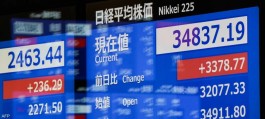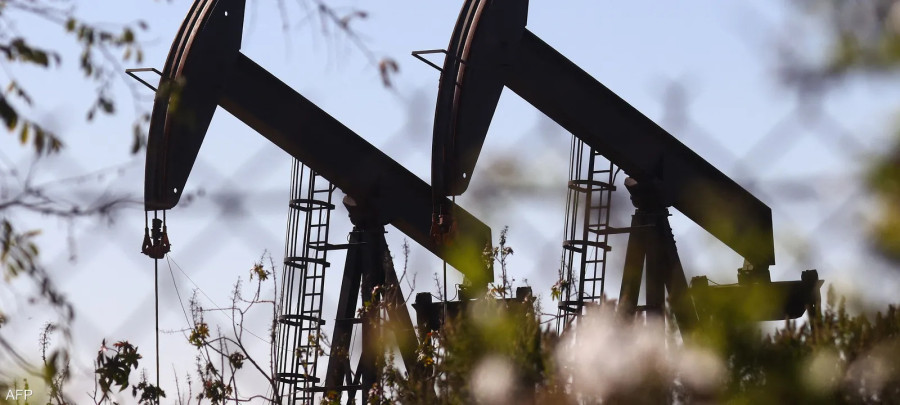Oil prices were relatively unchanged heading into the second half of the year, as traders focused on challenging demand and a complex supply outlook.
Brent crude settled above $75 a barrel after incurring a series of four quarterly losses over the past week, the worst performance for the global benchmark, according to data spanning more than three decades.
So far this year, prices are down around 12% as China's economic recovery loses momentum, traders fear a possible recession in the US, and strong exports from Russia and Iran keep supply glut.
Many observers expect the market to go through a critical period in the third quarter, when the physical market could tighten. Saudi Arabia, the leader of the OPEC+ alliance that includes members of the Organization of the Petroleum Exporting Countries and its allies, is expected to extend unilaterally cutting production by one million barrels per day for another month in August.
This additional cut follows production restrictions previously imposed by Riyadh in cooperation with fellow alliance producers.
Replenish the US oil reserves
The US Energy Department plans to order more oil this week, as part of a drive to replenish the Strategic Petroleum Reserve, which was pulled last year amid the turmoil that followed Russia's invasion of Ukraine. Washington announced earlier its intention to buy 12 million barrels to help replenish reserves.
Charu Chanana, a market analyst at Saxo Capital Markets in Singapore, believes that as the third quarter of the year approaches, oil prices may remain subject to demand concerns, but the (OPEC) production cut will begin to support the market, and may extend until August. The replenishment of the US Strategic Petroleum Reserve is also likely to give an additional boost to the market and keep the demand outlook supportive.
the prices:
Brent crude for September delivery fell 1 cent to $75.40 a barrel, at 11:32 am Singapore time.
WTI for August delivery fell 3 cents to $70.61 a barrel.









































